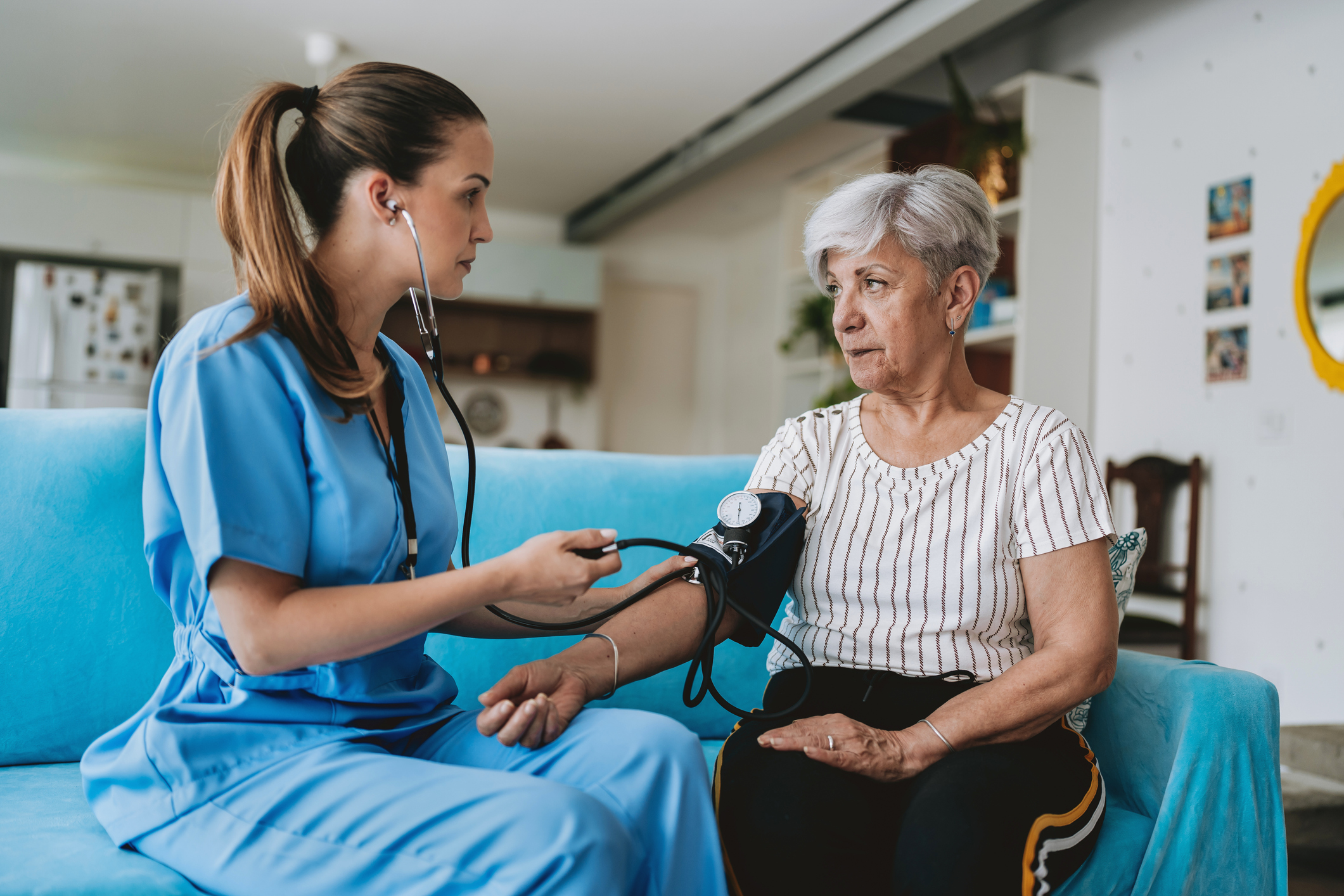Hypertension, or high blood pressure, remains the leading modifiable cardiovascular disease risk factor. It is estimated that nearly half of American adults have hypertension, which is defined as a resting systolic blood pressure greater than or equal to 130 mmHg and/or a diastolic blood pressure greater than or equal to 80 mmHg. Even more alarming, less than 25% of those diagnosed with hypertension have their blood pressure under control. Given this, the Surgeon General’s recent Call to Action to “make hypertension control a national priority” is not surprising.
What role can exercise scientists and professionals play in the fight against hypertension?
It is well established that physical activity and exercise play an important role in the promotion of cardiovascular health, including blood pressure. Habitual exercisers have a reduced risk of hypertension development, and exercise acutely reduces blood pressure in the hours to follow, an observation known as post-exercise hypotension. Additionally, various exercise training prescriptions have been shown to lower resting blood pressure. The magnitude of reduction, both acutely and chronically, is greater in those with higher resting blood pressures to start. Hence, exercise is a powerful nonpharmacological tool to help manage hypertension. Our recent Special Communication in Medicine & Science in Sports & Exercise® highlights new evidence that exercise alone or in combination with medications elicits greater reductions in blood pressures in patients with hypertension than medication alone.
For hypertension specifically, ACSM currently recommends at least 90-150 minutes per week of aerobic or dynamic resistance exercises alone or in combination. This equates to 20-30 minutes per day on most, preferably all, days of the week. Moderate-intensity exercise is emphasized, although low- and vigorous-intensity exercise may be suitable depending on the clinical presentation and personal preference of your client. Exercise scientists and professionals play a critical role in the promotion of exercise for the primary and secondary prevention of hypertension.
The sooner we can identify high blood pressure and initiate treatment, the better the long-term outcomes. Exercise tests are routinely administered in clinical, professional and academic environments for various reasons. ACSM’s Guidelines for Exercise Testing and Prescription provides recommendations for the assessment of blood pressure before, during and after exercise testing and outlines thresholds for identifying exaggerated exercise blood pressure (EEBP) responses; an array of evidence indicates an increased risk of hypertension in those that present with EEBP. This provides a compelling case for the diagnostic and prognostic value of blood pressure assessments during exercise testing, and now is the time to put this knowledge into practice. That is, an EEBP during exercise testing should be considered a marker of current (masked) or future hypertension, warranting re-assessment of resting blood pressure to rule out masked hypertension and implementation of lifestyle modifications (e.g., exercise, sleep, diet and reduced alcohol consumption) to improve cardiovascular health.
As a health and fitness professional, what can I do?
- Measure blood pressure during exercise testing. Include assessments throughout the test, not just at maximal effort. Assessments at maximal effort can be challenging due to client movement and ambient noise. Additionally, there is evidence that EEBP at submaximal exercise intensities are associated with cardiovascular events (including hypertension development) and mortality. For more information on how to measure blood pressure during exercise and identify EEBP, please see our recent Special Communication.
- Consider client demographics when interpreting exercise blood pressures. Most of the research in this area has focused on fitness levels. Notably, systolic blood pressures at maximal effort are higher in more fit samples, but when indexed to fitness (e.g., metabolic equivalent of task) or workload (e.g., watts), systolic blood pressure values are lower compared to their less fit peers. Other client demographics to consider include age, sex, race and ethnicity, and co-morbidities and medications. Unfortunately, at the present time ACSM and the American Heart Association only provide sex-specific EEBP thresholds, and therefore additional research in this area is needed to optimize these guidelines.
As members of the exercise community, we have long understood the importance of exercise in the primary and secondary prevention of hypertension. The time has come for us to likewise recognize the utility of exercise blood pressure responses in identifying hypertension. The sooner with can identify high blood pressure (or future risk thereof) and intervene, the better the long-term outcomes.
About the Author
Katharine D. Currie, PhD, FACSM, is an assistant professor of kinesiology at Michigan State University and a clinical exercise physiologist. Her research focuses on the blood pressure responses to exercise testing and exercise training and includes investigations of EEBP responses. Currently, she is leading an NIH clinical trial examining exercise chrono-therapy in populations with hypertension. She is also president-elect of the Midwest Chapter of ACSM.



